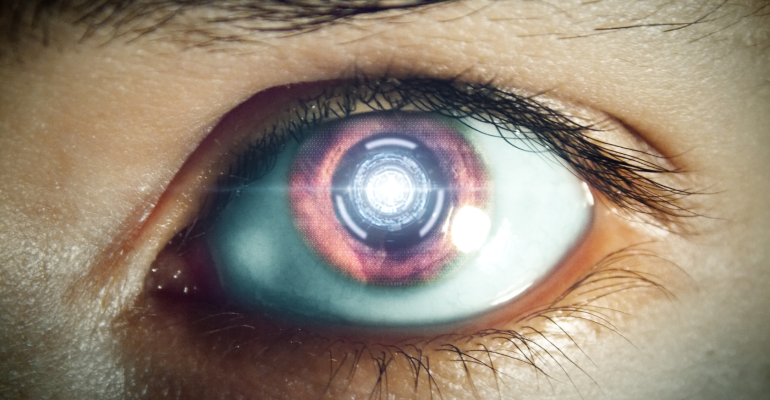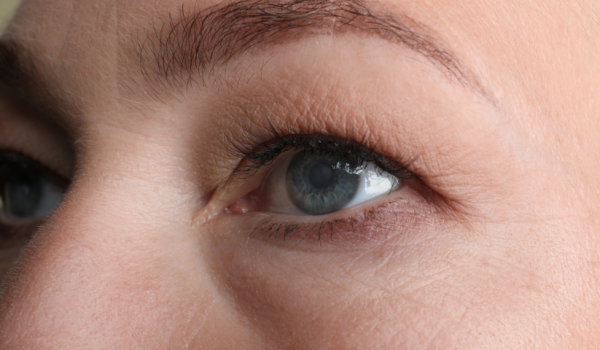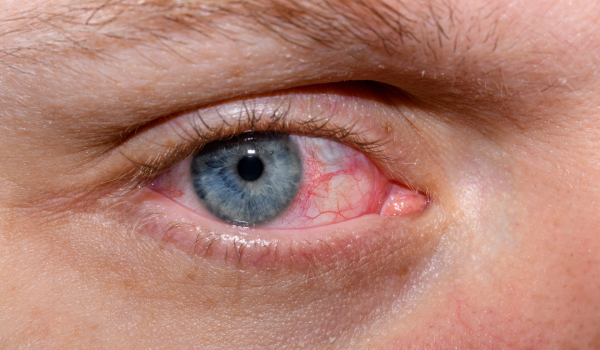Ophthalmology is in the vanguard of medical specialties adopting AI for clinical use. Here’s a short list of some of the applications entering the clinic.
In April 2018, the IDx-DR system for automatically assessing and recommending referral or continued screening for diabetic retinopathy (DR) became the first AI-enabled diagnostic medical device capable of independent diagnosis approved by the US FDA. Several additional DR and retinal disease diagnostic systems have been approved since, and several more are CE marked and available outside the US.
Non-DR ophthalmic AI devices that already exist or have potential include:
IOL power calculators – Improving cataract surgery outcomes requires getting the intraocular lens power just right. Tests have shown they rival, if not exceed, traditionally designed power calculators. They have the advantage of being customisable for eyes that are difficult to calculate, including short, long, and post-refractive surgery. Cataract IOL power calculators now in use include the Hill-RBF, Zeiss AI, Kane, Pearl-DGS, and Barrett Universal II.
Predictive analytics – Predictive analytics is another powerful way AI can support clinical care. Applications in development include devices for detecting, measuring, and predicting glaucoma progression.
Aiding complex diagnoses – Large language model AI has had success helping physicians with diagnostic dilemmas. They can do a good job of summarising observations and steering clinicians towards unusual diagnoses they may not have considered.
Oculomics – AI drives oculomics, which finds biomarkers in the eye for non-ocular diseases. It already has helped identify retinal biomarkers for several neurological ones, including multiple sclerosis, Parkinson’s disease, and Alzheimer’s disease. Ocular biomarkers also have been found for psychiatric, cardiovascular, haematological, nutritional, respiratory, autoimmune, infectious, and retinal conditions, as well as drug toxicity.
Documenting patient visits – Several medical records firms are already incorporating AI to prepare patient visit summaries, reducing time spent writing them out manually or by pull-down menu.
Patient education and communication – Dora (Ufonia) is an automated system for making follow-up calls to patients after cataract surgery. In tests, it has been shown as accepted by most patients and preferred by many, reducing routine clinician activity by up to two-thirds. The similarly named but distinct AskDora (Myma Healthcare) answers clinic phones and provides information on hours, locations, and services. It can also schedule appointments, reducing staff time. EPIC is rolling out ChatGPT-enabled patient education tools to answer patient questions.
While AI has great potential in ophthalmology, it is essential to ensure that these technologies are rigorously validated, integrated seamlessly into clinical workflows, and used in conjunction with the expertise of ophthalmologists to provide the best possible care to patients.
Medical Disclaimer
This article is for information purposes only and should not be considered medical advice. If you or any other person has a medical concern, you should consult with your health care provider or seek other professional medical treatment. Never disregard professional medical advice or delay in seeking it because of something that you have read on this blog, website or in any linked materials.







